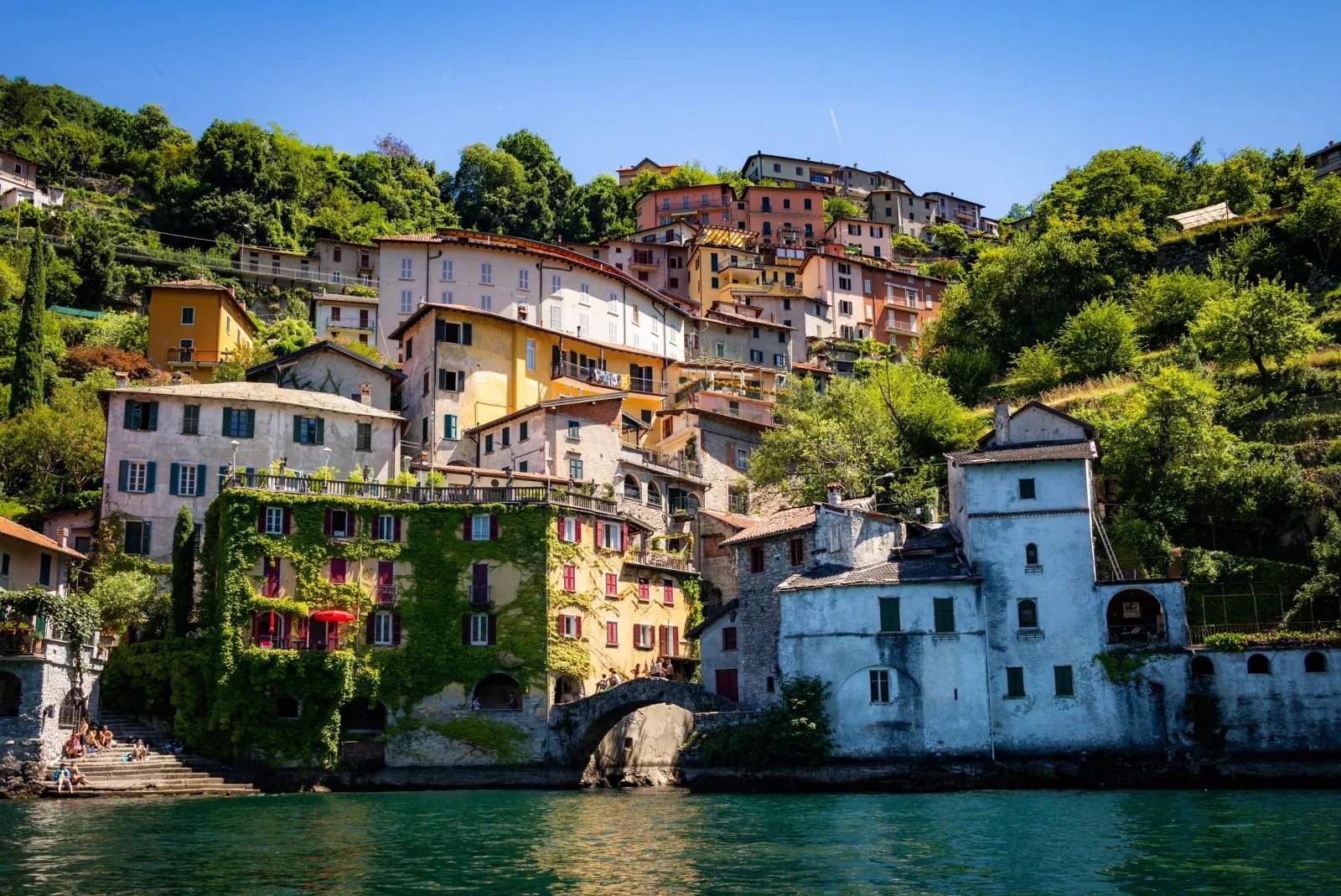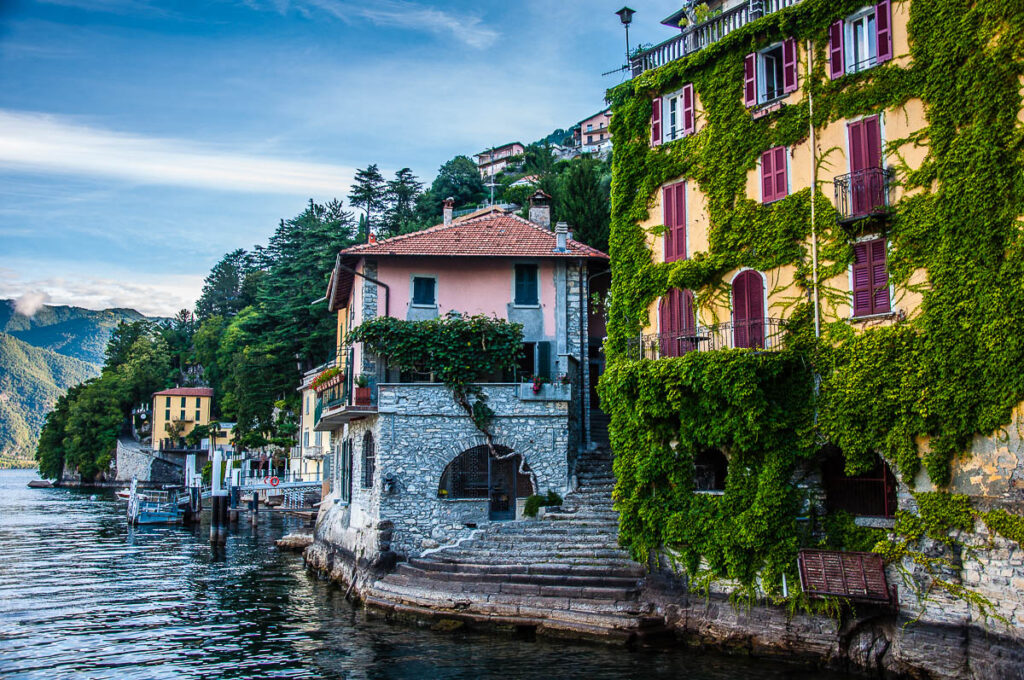Sarah Holt discovers that Lake Ohrid has everything you’d expect from a stylish European getaway at a fraction of the price. This includes al fresco wine on sun-drenched, waterside terraces, boat rides, and a Unesco-listed Old Town.
At a sidewalk café near the lake, cups clink and cutlery scrapes the plates. People are sipping Aperol, sipping cappuccino, and biting into slices of pizza while looking out at the peacock-green water and the villa-dotted hills that surround it. The sight would not be out of place in Lake Como, but I am located in Ohrid, a region of southwest North Macedonia, 1,300 miles from northern Italy.

The town of Ohrid and its namesake lake are slowly catching the attention of UK tourists thanks to a number of recently established direct TUI flights from Manchester and Gatwick, and they actually outperform their renowned Italian counterparts in some key metrics.

A boat tour along Lake Ohrid’s shores is the greatest way to fully comprehend its size, which is more than twice as huge as Como at more than 138 square miles. Karst cliffs that are pewter and baby pink continue for kilometres until giving way to the Galicia National Park’s continuous greenery, which is so closely packed in certain areas that it resembles broccoli florets.

At the base of the hilltop Monastery of Saint Naum, an Eastern Orthodox monastery that was initially constructed in the tenth century, my boat comes to a stop. From here, I enjoy sweeping views of the expansive lake on a plateau studded with roving peacocks, which were revered during Saint Naum’s time as emblems of rebirth. I sneak into the monastery church as well and find the room covered with frescoes where Saint Naum is interred. I make the spineless decision not to try the legend that claims that if you put your ear to the surface of the tomb, you can still hear his heartbeat.

Ohrid Town is regarded as one of the oldest human towns in Europe, and Lake Ohrid is more than a million years older than the Italian Lakes. I feel as though I’m wading in history as I stroll through the Old Town and uphill to the gap-toothed ramparts of the 11th-century Tsar Samoil Fortress.
The historical sites in Ohrid depict every stage of North Macedonia’s history as well as the territorial disputes that numerous empires and countries have engaged in. Just a few examples include the blush-colored Church of Saint Sophia, which dates back to the 6th century, city gates that date back to the 4th century BC, a 5,000-seat Hellenistic amphitheatre, a list of churches from the 14th century, townhouses from the 18th century, and more.

Because of this layer of history, Ohrid Old Town was inducted into the Unesco list of World Heritage Sites in 1997. A portion of the lake is also included because it is home to 17 indigenous fish species and more than 200 different plant species.
Another of Ohrid’s unique selling points is its jewelry stores, which you can find by strolling down any of the streets in the town center. Handmade silver filigree in patterns as delicate as doilies drips from window displays. The pearls come next. Ohrid pearls are unique from those you’ll find anywhere else in the world because they are hand-made, as evidenced by the fact that Queen Elizabeth II and Princess Diana have both sported them. They are manufactured by two families, the Talevs and Filevs, using long-forgotten, secret formulas that include crushed shells, Ohrid trout scale emulsions, and a laborious multi-stage production procedure.

At PS Filigree, one of the town’s two Macedonian ruby specialists, I personally sense an event horizon and am drawn inside. Macedonian rubies are distinct from rubies found elsewhere, just like the nation’s pearls are. They are categorized as real rubies, but because they have less chromium, they are opaque and have a plumper color. I take a pendant necklace with me, which I haven’t taken off yet, and it has a pea-sized ruby on the end.
The present wine revolution in Macedonia has Lake Ohrid as a major role. Since the Neolithic period, wine has likely been made in the North Macedonia region, according to the discovery of ancient grape grain remains. However, wine was produced in Ohrid Old Town for quantity rather than Kliment throughout the mid-20th century while the nation was ruled by communist Yugoslavia. The winery, which was established in 2016, creates wines using grapes from both its own vineyard and a number of nearby winegrowers. However, its tasting rooms are devoted to presenting wines from boutique wineries across the nation and are run by WSET sommeliers Almir Rahimoski and Elena Mitrevska.

As I sip a glass of sparkling wine from the Peshkov winery, my eyes enlarge. It’s a brand-new release for 2023 and is produced using conventional champagne techniques. Before leaving a taste of green apple and citrus on my palate, the bubbles perform a delightful tap dance on my tongue. When Elena serves a plate of bruschetta made from scratch and topped with lemon cream, apple, and hazelnuts to go with the wine, there is an instant alchemy that intensifies the flavor even more.

I decide to visit The Monastery Winery the next day because my curiosity about North Macedonian wine has been awakened. The monastery, which is 15 minutes’ drive from Ohrid and situated at the end of a single-file dirt road, was constructed in 2005 on the site of an earlier church. The Monastery Winery was established in 2018 after the priest and a local engineer began producing wine in the monastery cellar. The winery now generates 10,000 bottles annually. I sample seven different Monastery wine kinds and dig into a tray of sheep and cow cheeses, cured meats, and a bowl of decadent avjar, a smoky red pepper dip.
I once more feel as though I could be in Italy as I sip wine and chow down on antipasti in the winery’s outdoor tasting area. The idea quickly fades away, though, as Ohrid is so much more than just a Como clone. It stands on its own as a destination with a rich history and complex culture.quality.